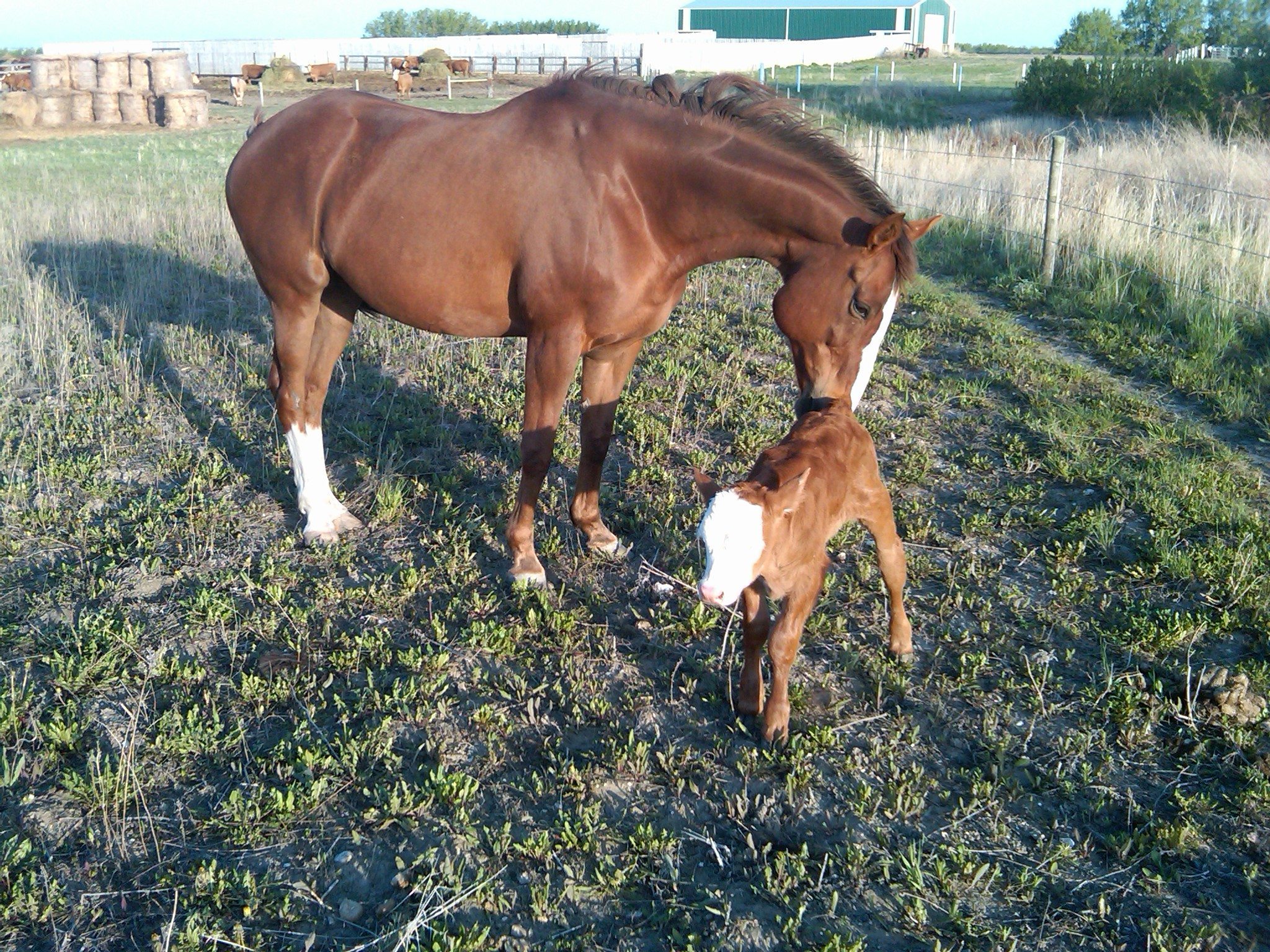Seeding canola on canola stubble is a poor management practice. So is planting lentils on lentil stubble.
There’s a simple policy adjustment by which these dangerous crop rotations could be discouraged.
Don’t offer crop insurance coverage if producers are seeding canola on canola or lentils on lentils.
Right now, there seems to be the greatest imperative with canola. Researchers and specialists are worried about the spread of clubroot. It is a serious problem in parts of Alberta, has been detected in Saskatchewan and could quickly spread unless there’s preventive action.
Read Also

High prices see cow-calf producers rushing to incorporate
Farm accountants are reporting a steady stream of cow-calf producers rushing to get their operations incorporated ahead of selling their calves this fall.
Crop rotation won’t prevent the spread of clubroot to clean fields, but it will restrict disease development within fields and perhaps limit the overall severity.
Blackleg is another disease where the action plan should include crop rotation. Otherwise the blackleg resistance bred into canola varieties is more likely to break down.
Within lentils, researchers have long worried about the buildup of diseases such as ascochyta and anthracnose. A great deal of producer money has been spent on the development of varieties with natural disease resistance. Ill-advised rotations put that variety investment in jeopardy.
Research shows that canola and lentils typically have lower yields when grown back to back, but producers do it for economic reasons. When a crop is profitable, you want to plant more acres of it.
Short canola rotations are more typical in the black soil zone, while lentils are an important cropping option for the brown and dark brown soil zones, which are drier.
Lentil acreage is likely to drop this year. Since it’s no longer a shining star on the profitability chart, there’s little reason to push the rotation.
However, many analysts are predicting the highest acreage of canola ever, meaning there will be increased pressure to breach rotational guidelines.
Why should crop insurance be offered on crops in cases where producers are putting themselves and their neighbours at an increased disease risk? The cost of crop insurance is heavily subsidized by the two levels of government, so it’s reasonable for the program to be used as a policy tool.
Even for those who don’t subscribe to crop insurance, denying coverage would be a clear signal that dangerous agronomic practices are frowned upon. This approach was taken with chickpeas in Saskatchewan more than a decade ago when acreage was rapidly expanding. Crop insurance coverage was denied if you didn’t follow a proper rotation.
Ascochyta is extremely aggressive in chickpeas, and many fields were complete writeoffs because of the disease. If memory serves, you could only grow chickpeas on the same land once in every three years if you wanted crop insurance coverage.
The policy isn’t so strict anymore because chickpea acreage has dropped, more and better fungicides are available and newer varieties have improved disease resistance.
However, the experience with chickpeas proves that the rule is easy to implement. Crop insurance records show what crops are seeded on each quarter section each year. It’s relatively easy for program administrators to monitor crop rotations.
Battling a clubroot problem is going to be expensive. As with most situations, an ounce of prevention is worth a pound of cure. Changing crop insurance policy wouldn’t cost governments anything and yet could be one of the best preventive tools.
Some producers would be upset, particularly the ones who are pushing their rotations. Governments don’t like to take flak, but that shouldn’t prevent them from doing what’s right.
I welcome your feedback on this idea.















